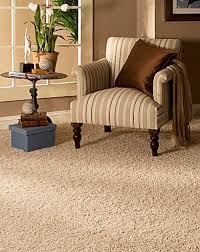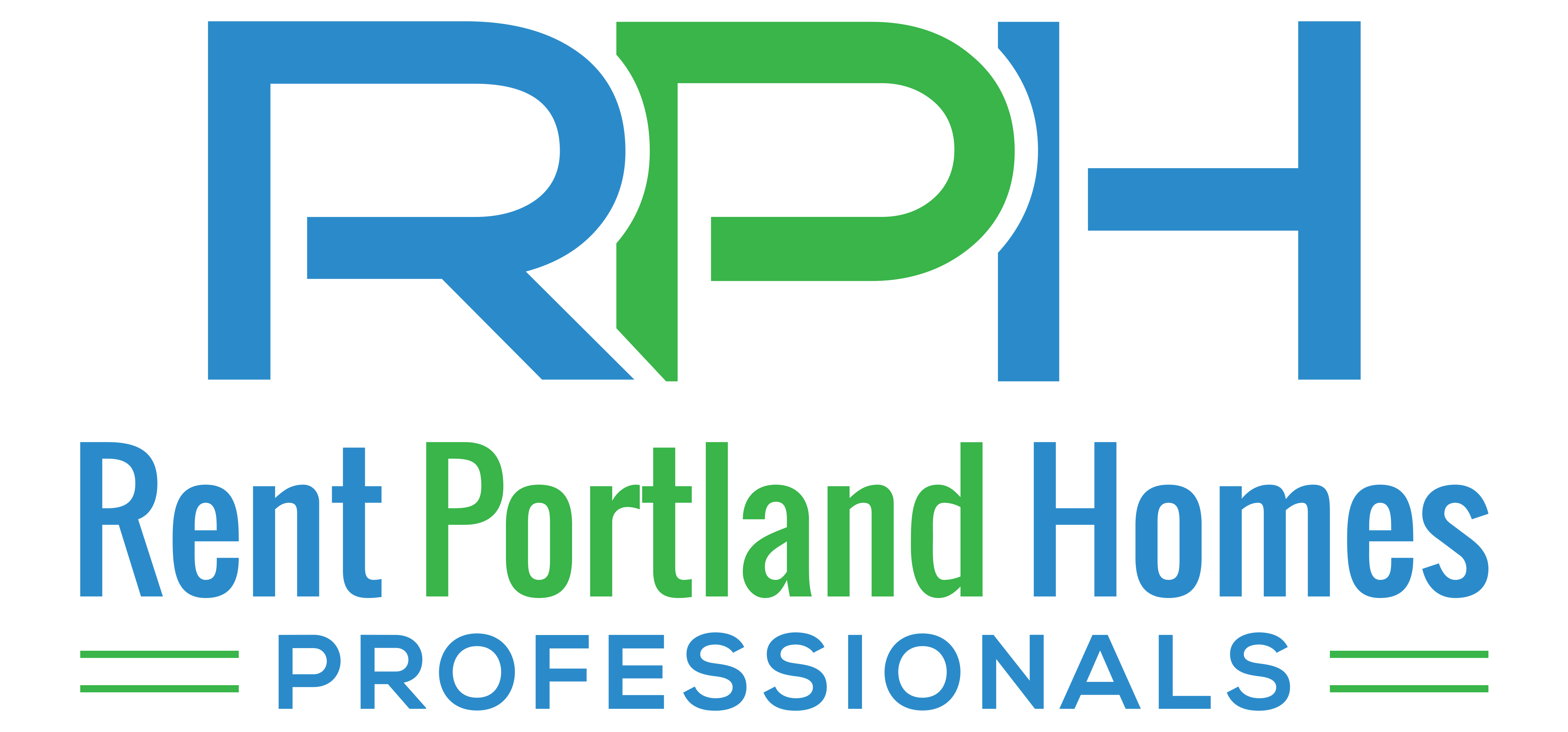Oregon Landlord-Tenant Law – Things To Know About Carpet Replacement

Besides the security deposit return, one of the most common problems that both landlords and tenants encounter in Portland Oregon is what to do about carpet replacement.
When in tenant moves out, if they’ve been there for the full length of the lease, it’s entirely possible that the carpet will have some degree of wear and tear, but the key for every landlord is to understand the “difference” between wear and tear and damage.
Some landlords may be inclined to classify wear and tear as damage so that they can just replace the carpeting, while others may think twice about replacing the carpeting at all.
In this article, we’ll break down carpet replacement, and offer your insight into things that both landlords and tenants must know about carpeting in the rental property.
Wear And Tear VS. Damage
Let’s face it, every rental property is going to have a certain degree of wear and tear, this is common, especially after a tenant has moved out after 12-24 months.
Landlords can expect common wear and tear including stains on the flooring or carpeting, rug burns in high-traffic areas, and possible damage from moving furniture in and out.
The key to success in determining when carpet replacement is due is knowing how to classify the condition of the carpet as being worn due to wear and tear, or damage.
If the carpeting has large stains, burns, or has been visibly destroyed, these are all clear signs of wear and tear.
In most cases, the average tenant takes care of their rental property, and they’ll go the extra mile to keep the carpeting in good shape, especially if they know that the landlord is going to take a portion of their cleaning deposit to cover maintenance and repairs on the unit before returning the balance of their deposit back to them.
Understanding The Life Span of Flooring
As longtime property managers in Portland, our team attends annual classes which provide them with comprehensive training on issues like understanding wear and tear.
The training that we go through helps us to refine our opinions and decipher the difference between wear and tear, versus damage to carpeting in a rental property.
As with any other area of the rental property, it’s important for landlords to know that carpeting has a lifespan.
Depending upon the quality of the carpet, the typical lifespan for carpeting is about 10 years.
Understanding this lifespan is one of the key things that we use to help us determine how much the tenant should be charged if the carpeting is found to be damaged when they move out.
For example, let’s say that the tenant damaged the carpet in the master bedroom of the rental property beyond repair. In this case, the landlord will have lost about eight years’ worth of the lifespan of that carpeting, so the tenant can be expected to pay 80% of the value of the carpet to replace it.
This calculation is one of the most common ways that landlords calculate how much money the tenant should be expected to pay to replace damaged carpeting.
Landlords Can Save Time and Money by Educating Tenants on Flooring Maintenance
Ultimately, it’s the landlord’s responsibility when the tenant moves in to educate them on the importance of maintaining their rental property, including the flooring.
It also should be clearly laid out in the tenant’s lease so that they will potentially risk losing some or all their security deposit if they damage the rental property and it’s in need of repair when they move out.
Landlords should also consider investing in a good quality vacuum cleaner to give to their tenants when they move in. Doing this will encourage the tenant to vacuum the rental property themselves and keep it clean so that they can expect to get most of their cleaning deposit back after they move out.
For best results with flooring, landlords should also have hard flooring installed in high-traffic areas of their rental properties including hallways, the bathroom, the kitchen, and common areas while having carpeting installed in the bedrooms.
Going with this approach will keep flooring costs at a minimum since replacing linoleum or other hard surface flooring is more cost-effective than replacing the carpeting in a rental property.
Are Landlords Required to Replace Carpeting in A Rental Property?
Besides understanding the difference between wear and tear and damage to carpeting in a rental property, many tenants also want to know if it’s the landlord’s responsibility to replace the carpeting inside their rental property.
The answer to this question is no, landlords in Oregon are not required to replace the carpeting in their rental properties unless the carpeting affects the habitability of the property.
Even though landlords are not required to replace carpeting, they are required to ensure that their rental properties are clean and dry, and have a central heating system, running water and the property must be pest free.
At Rent Portland Homes – Professionals, we make owning rental properties in Portland easy.
Our team takes the hassle and stress of managing rental properties off the shoulders of tired landlords so that they can focus on enjoying the passive income that comes from their rental properties.
To learn more about the property management services that we can offer you, or to get a quote, contact us today by calling (503) 791-4610 or clicking here to connect with this online.










